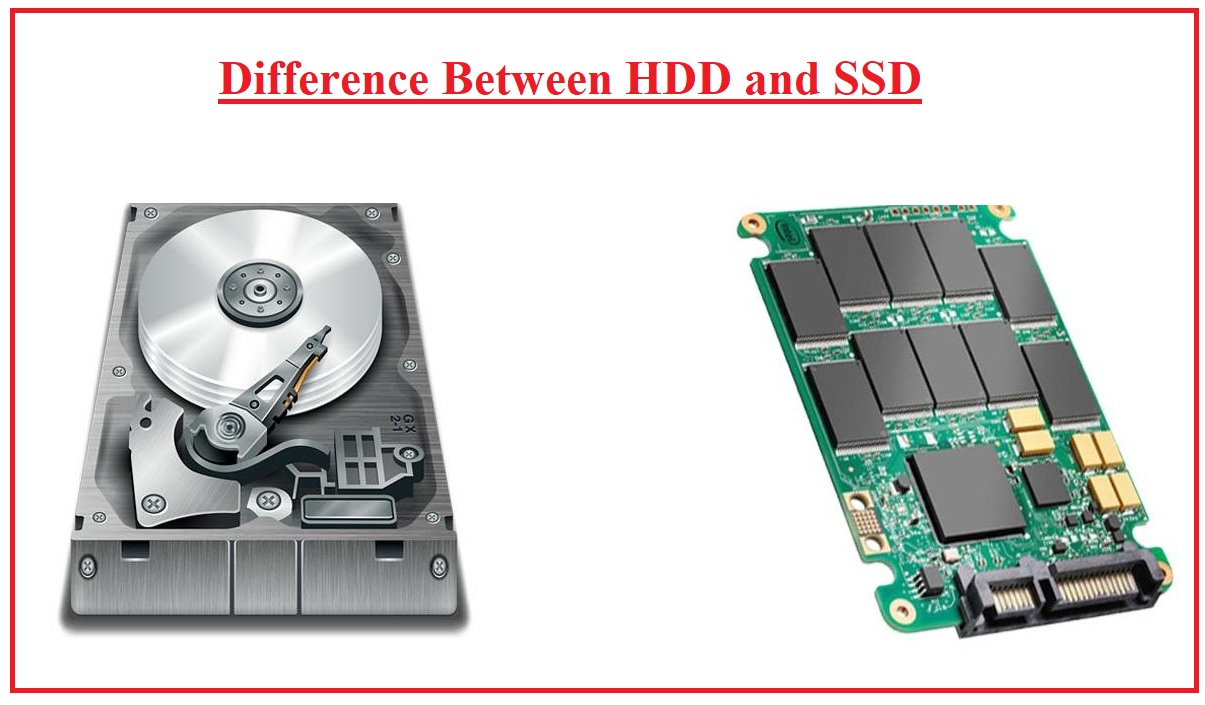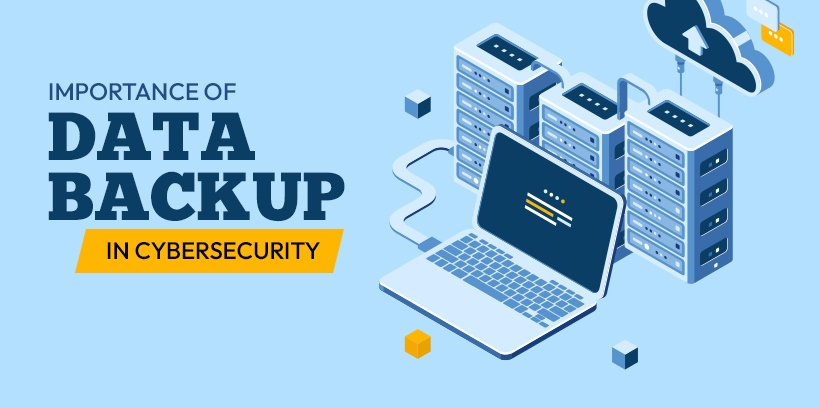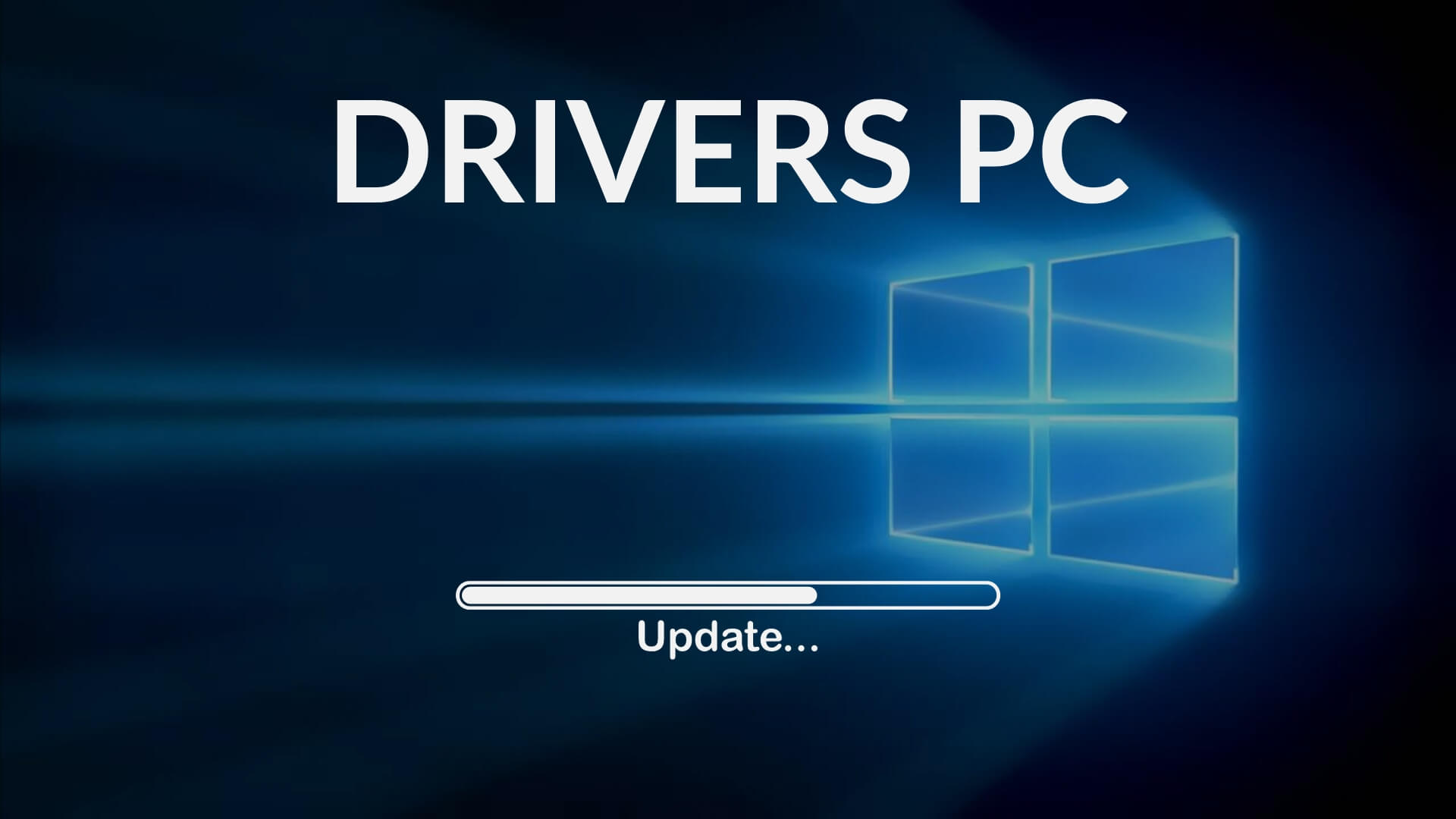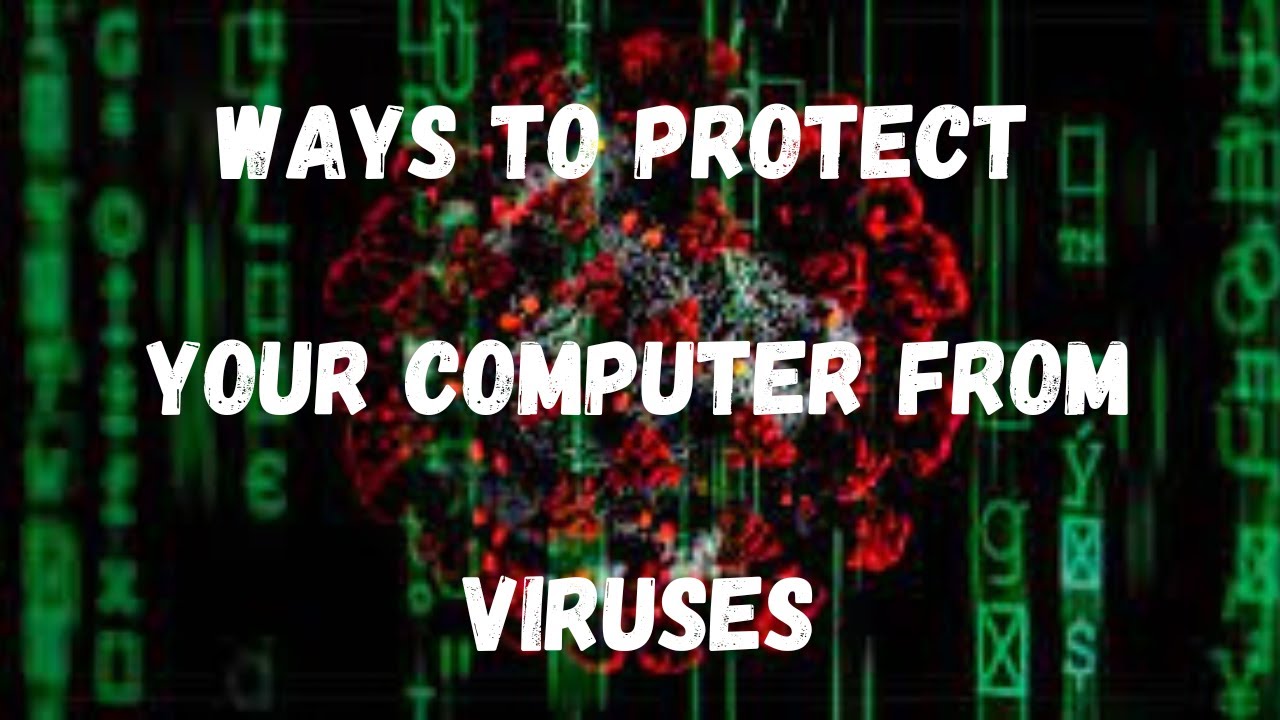In today’s digital world, cyber threats are everywhere — from your email inbox to your favorite social media apps. Whether you use a computer for business or personal tasks, understanding these threats is the first step to protecting yourself online.
Author: adminstud
The Difference Between HDD and SSD (and Which One You Should Use)
When it comes to storage drives in computers, two main types stand out: HDD (Hard Disk Drive) and SSD (Solid State Drive). Both store your data, but they work very differently — and knowing the difference can help you choose the right one for your needs.
Top 5 Mistakes People Make When Cleaning Their PCs
Keeping your computer clean is essential for maintaining performance, preventing overheating, and extending its lifespan. But while cleaning sounds simple, many people make mistakes that can damage their PCs instead of protecting them.
How to Extend the Lifespan of Your Laptop Battery
Laptop batteries don’t last forever, but good care can slow down their wear and keep them running efficiently for years. Here’s how to extend your laptop battery’s lifespan:
Preventing Data Loss: Backup Strategies for PC Users
Losing important files can be devastating — whether it’s personal photos, work documents, or financial records. Hardware failures, accidental deletions, ransomware, or theft can happen without warning.
That’s why having a reliable backup strategy is essential for every PC user.
How Often Should You Service Your Computer?
Just like cars, computers need regular maintenance to stay fast, secure, and reliable. Many users overlook servicing until problems appear — but preventive care can save you from costly repairs and data loss.
Common Laptop Problems and How to Fix Them
Laptops are powerful and portable, but they’re also prone to wear, tear, and software issues over time. The good news? Many common problems can be fixed without a trip to the repair shop.
The Ultimate Guide to Updating Windows Drivers Safely
Drivers are the “bridge” between your computer’s hardware (like graphics cards, printers, and sound systems) and your Windows operating system. Outdated or corrupt drivers can cause crashes, slow performance, or even security vulnerabilities. But updating drivers must be done carefully to avoid introducing new problems.
How to Protect Your Computer from Viruses and Malware
Viruses and malware don’t just slow down your computer — they can steal your data, damage files, and even compromise your online security. The good news is, with the right habits and tools, you can keep your system safe.
Best Free Tools to Keep Your PC Optimized in 2025
Even with today’s high-performance systems, every Windows PC eventually slows down due to clutter, background processes, or inefficient settings. Here’s a curated list of the most trustworthy and genuinely free tools to clean, speed up, and fine-tune your PC—without spending a dime.











